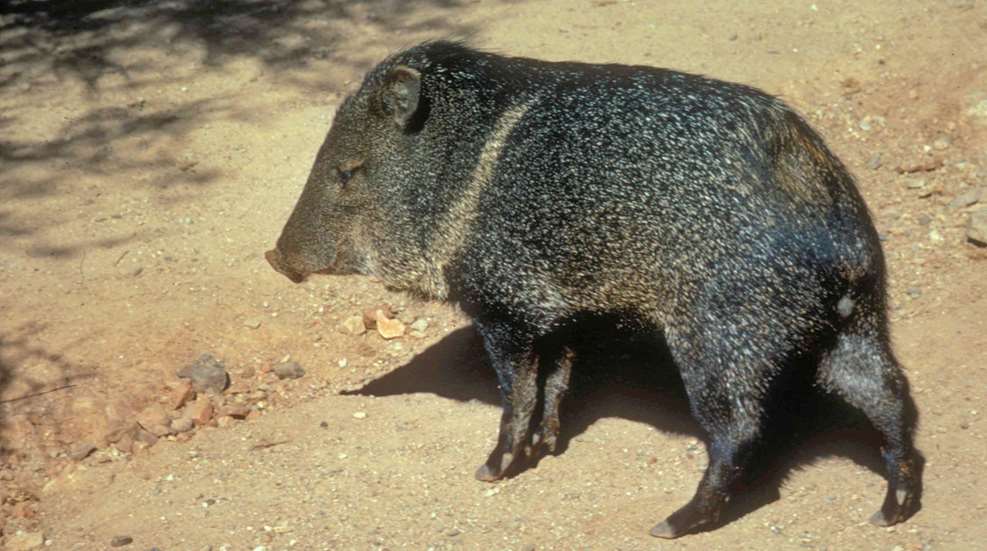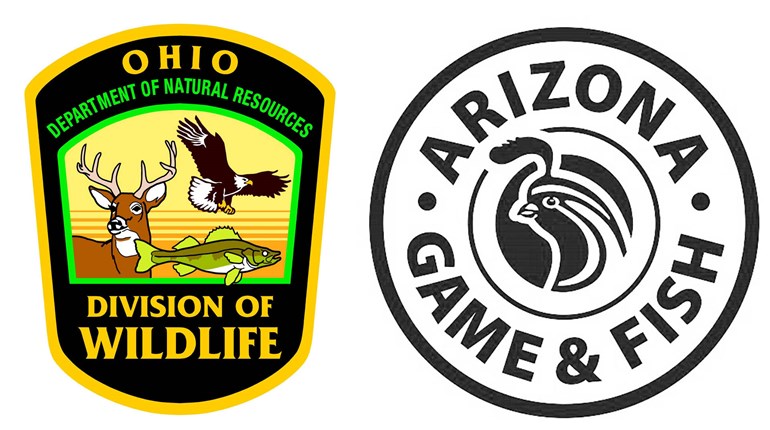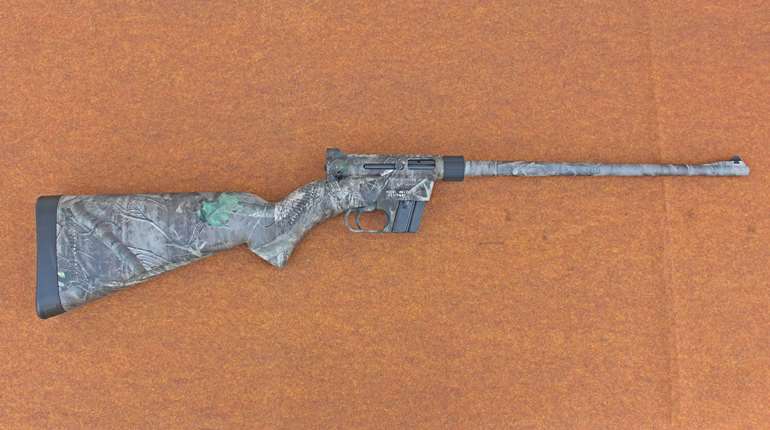
The Boone and Crockett Club (B&C) and Pope and Young Club (P&Y) announced in August that they have completed scoring procedures and are now accepting entries for javelina (collared peccary, Pecari tajacu) in their record books. In December, the B&C Records of North American Big Game Committee approved the creation of the new category, and PY’s membership voted to approve the new category at its biennial convention in April.
B&C will accept entries of any hunter taken animal as well as “picked up” or found individuals. P&Y will accept entries of animals taken with a bow and arrow. The scoring procedures, minimum entry requirements, and scoring sheets are now available on the B&C and P&Y websites.
“The Boone and Crockett Club established our records program well over a century ago as a way to measure conservation successes that helped to recover and sustain North American big game species,” commented Mike Opitz, chairman of B&C’s Records of North American Big Game Committee. “The record book is a way to honor exceptional animals that are maintained on the landscape due to professional wildlife conservation and management. It has been 27 years since a new species category has been added to our record book, and we are excited that including collared peccary in our records program will increase hunter excitement as well as increase support for their conservation.”
The proposal to include a new big-game category for javelina was brought forward to each organization’s records committee by a working group made up of wildlife managers from Texas, New Mexico, Arizona and Mexico as well as other hunting conservation groups. Javelina are medium-sized hooved mammals native to the southwestern United States and nearly all of Mexico, inhabiting a variety of habitats ranging from dry deserts to tropical forests. While they may resemble a nonnative boar or pig, peccaries are technically classified in a different family that existed independently in the Americas for millions of years. While many different forms of peccaries went extinct, the collared peccary evolved in South America and spread northward into Mexico and the southwestern United States over the last few thousand years. The biologists submitting the proposal for a new big-game category note that collared peccary appear to still be expanding their range northward in the states of Arizona, New Mexico and Texas.
“After hearing the presentation by leading biologists, it was apparent that collared peccary [javelina] is indeed a native North American big-game mammal that is well managed and growing quickly in popularity for hunters—especially when pursued with a bow and arrow,” said P&Y Records Chairman Roy Grace. “It will be exciting to see the scientific data points we will gather from this new species, while offering a new category of big-game species to pursue for the record book.”
Javelina skulls will be measured in the same manner that both organizations measure bears and cats. Only the greatest length and greatest width are recorded to the nearest sixteenth of an inch. The new javelina category will be effective immediately and is retroactive, meaning any javelina skull taken prior to the establishment of the category is eligible for the records programs as long as it meets the minimum entry score of 13 14/16 for P&Y or 14 5/16 to qualify for B&C.



































